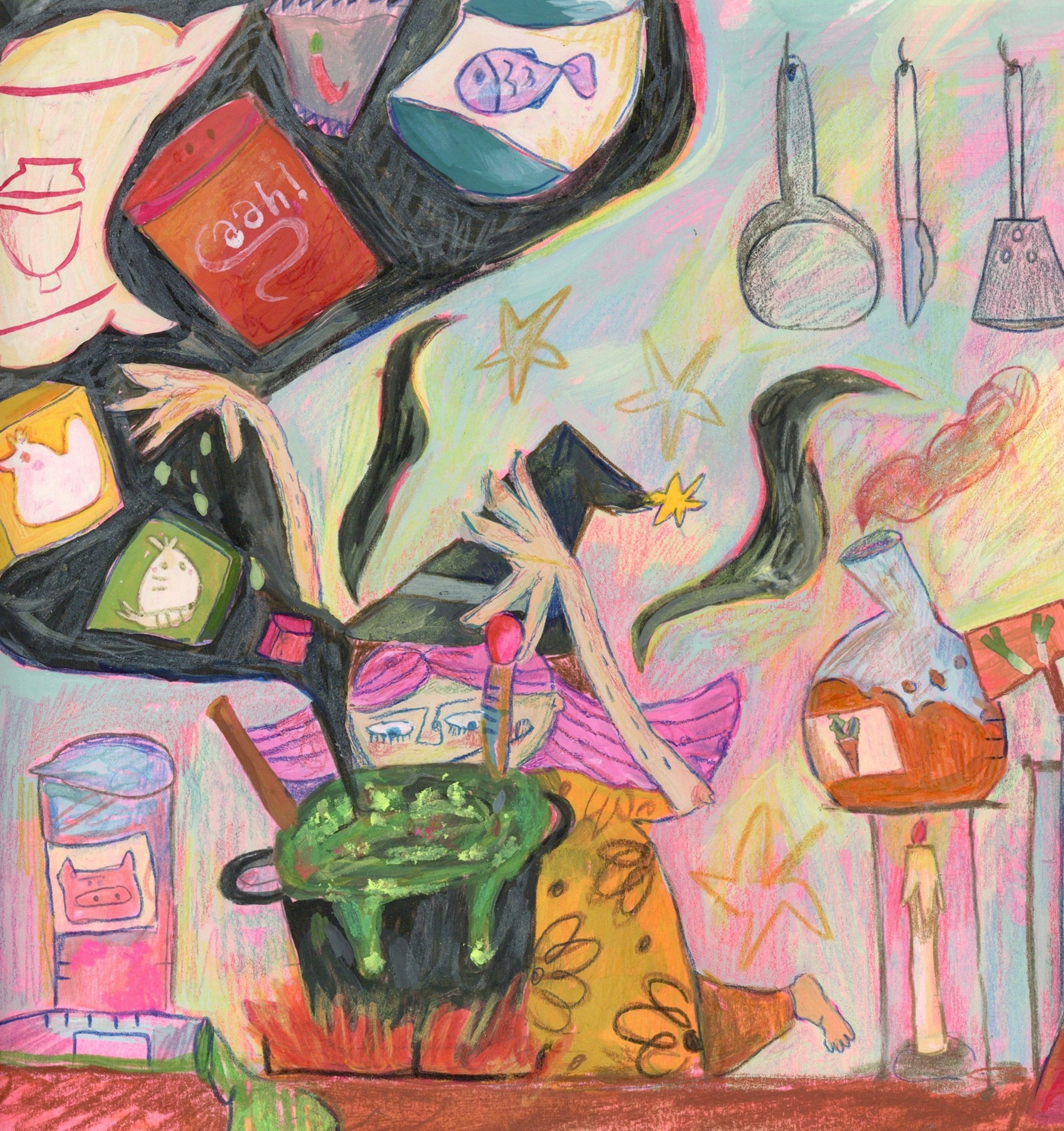CULTURAL FRITTATA | MSG: the essence of flavour
How racism influences our perception of cuisines we don’t know.
I was a kid when my dad pointed out to me the flavour of San Carlo’s popcorn. ‘Do you taste this savoury tanginess? It lingers on your tongue, slowly fades away, and leads you to grab another handful. That’s MSG.’ Then he proceeded to list all its side effects and how addictive it was, while I thought to myself, ‘Oh well, this MSG tastes good!’. Like many myths learned during childhood, I carried this knowledge with me. It was one of those unquestionable notions, a certainty that like a ‘security blanket’, made me feel safe in a chaotic world. Who would’ve thought, though, that the suspicion against this ingredient was rooted in racism? Not my father's racism—who was probably guilty of an unconscious bias—but of American origins. The suspicion, spreading from mouth to mouth, became a case in the pseudo-medicine of the 60s Western media, which condemned Chinese food and with it the delicious ingredient. But, what’s MSG? Is it really bad for your health? Let’s discover the history of its use and damnation.
Glutamate is the sodium salt of glutamic acid, an amino acid found in foods with high protein content. It’s a concentrate of umami—the fifth 'taste' along with salty, sweet, sour, and bitter—which we unconsciously use when seasoning dishes with ingredients such as mushrooms and tomatoes. The term was coined by the Japanese chemist Kikunae Ikeda, who in 1908 popularised the process of extracting glutamate from seaweed and stabilising it with salt to create what he called Aji-No-Moto, or ‘essence of flavour.’ Today, it is produced through the fermentation of sugar beets, cane sugar, or molasses. Anyi mentions that in China, this ingredient is a must-have in every kitchen: ‘It's the thing that makes everything taste okay, makes tasty things even more delicious.’ She also adds that the ingredient is usually added to dishes in the same way one might add salt or a bouillon cube, and therefore, the ability to make a flavourful dish without this magical powder is considered a skill. ‘My grandmother is a big MSG user (can I say that?), but when she wants to brag about her cooking, she usually says something like “I didn't even use MSG today!”’
This ingredient may not be the most sophisticated, but it doesn't deserve the bad publicity stemming from the defamatory campaigns of the '60s. These campaigns erupted after a letter from Dr Ho Man Kwok to The New England Journal of Medicine listed symptoms such as fatigue, headaches, and palpitations after a Chinese restaurant dinner, assuming they could be related to alcohol, sodium, or MSG. The letter, later proven false, caused a sensation, and newspapers began addressing the issue, calling it the ‘Chinese Restaurant Syndrome’—fueling racism and prejudice. Over the years, numerous studies followed, attributing increasingly serious disorders to the ingredient—epilepsy, depression, and cardiovascular and neurodegenerative diseases. Until redemption came. In 2006, a study by Matthew Freeman of Ohio Health reviewed previous studies, concluding that they had failed to prove a correlation between MSG consumption and the listed symptoms.
Egg Fried Rice Recipe
from Omnivore's Cookbook
Ingredients
- Cold leftover rice from the fridge
- 1 egg per person
- Green onion or onion
- Vegetable oil
- Salt
- Powdered bouillon or MSG - Note: many supermarket bouillon cubes contain sodium glutamate
- Toasted sesame oil
1. Heat the vegetable oil in a deep skillet or wok.
2. Pour in the beaten eggs and fry until the egg is cooked but still soft on the surface.
3. Add the cold rice and mix with the egg, frying everything together.
4. Add the green part of the chopped green onion and let it soften.
5. Season with MSG or powdered bouillon. Add cold sesame oil to flavor.
This article is translated by the author from the Italian version of Cultural Frittata in RatPark Magazine.

0 Comments Add a Comment?